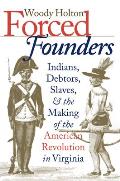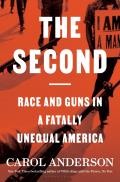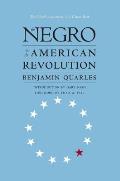Two Talks about the Women behind the Commanders
Here are two more online talks to consider, both happening on Thursday but fortunately at different times.
Thursday, 2 December, 1:00 P.M.
New England Historic Genealogical Society
Julie Flavell, “The Howe Dynasty”
Many historians have documented the lives and exploits of Howe men including Richard Admiral Lord Howe and his younger brother British General Sir William Howe, victor in the Battle of Bunker Hill. But few have measured the influence of the Howe women including sister Caroline Howe, a friend of Benjamin Franklin, and her savvy aunt Mary Herbert Countess Pembroke.Julie Flavell was born in Massachusetts and now lives in Britain. Her first book was When London Was Capital of America. Mary Beth Norton is the Mary Donlon Alger Professor of American History Emerita at Cornell University, and her latest book is 1774.
Drawn from letters and correspondence, The Howe Dynasty sheds new light one of one of England’s most famous military families and forces us to reimagine the Revolutionary War. Don’t miss hearing about this unique and riveting narrative work and Julie Flavell’s discussion with the celebrated historian Mary Beth Norton.
Register for this event here.
Thursday, 2 December, 6:30 P.M.
Fraunces Tavern Museum
Martha Sexton, “Mary Ball Washington: George’s Good Enough Mother”
This lecture provides a sketch of the challenging life of Mary Ball Washington, who raised George and his four siblings largely alone—as well as her unfair treatment at the hands of his biographers.Martha Saxton is a professor of history and women’s and gender studies at Amherst College. She is the author of several books, including Louisa May Alcott: A Modern Biography.
Saxton’s book The Widow Washington is the first life of Mary Washington based on archival sources. Her son’s biographers have, for the most part, painted her as self-centered and crude, a trial and an obstacle to her oldest child. But the records tell a very different story.
Mary Ball, the daughter of a wealthy planter and a formerly indentured servant, was orphaned young and grew up working hard, practicing frugality and piety. Stepping into Virginia’s upper class, she married an older man, the planter Augustine Washington, with whom she had five children before his death eleven years later. As a widow deprived of most of her late husband’s properties, Mary struggled to raise her children, but managed to secure them places among Virginia’s elite. As such, Mary Ball Washington had a greater impact on George than mothers of that time and place usually had on their sons.
This lecture will take place via Zoom. Register here by 5:30 P.M. on the day of the lecture.

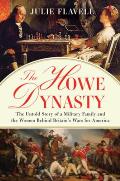
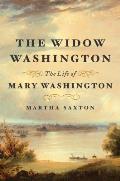
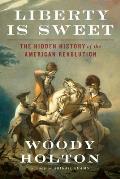
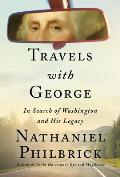









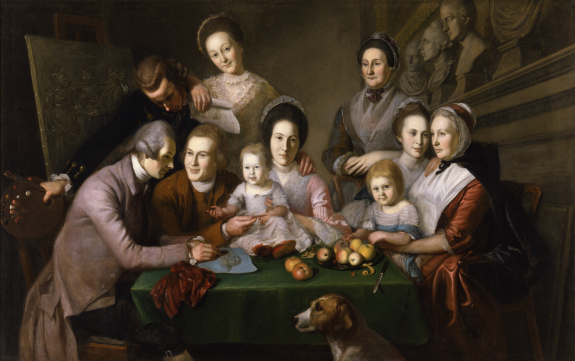
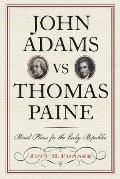


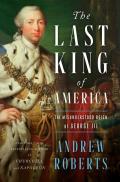

.jpg/233px-A_map_of_the_most_inhabited_part_of_New_England_(2674889207).jpg)
